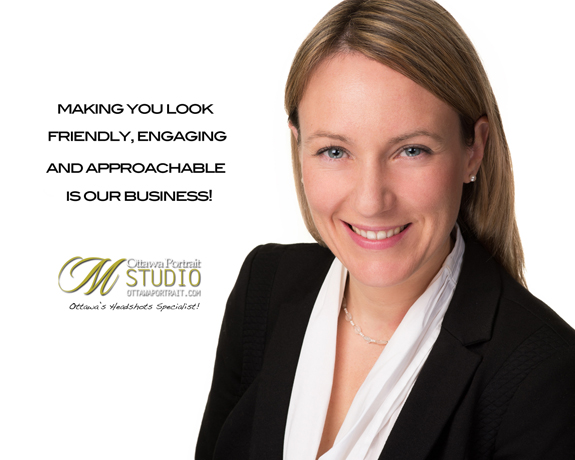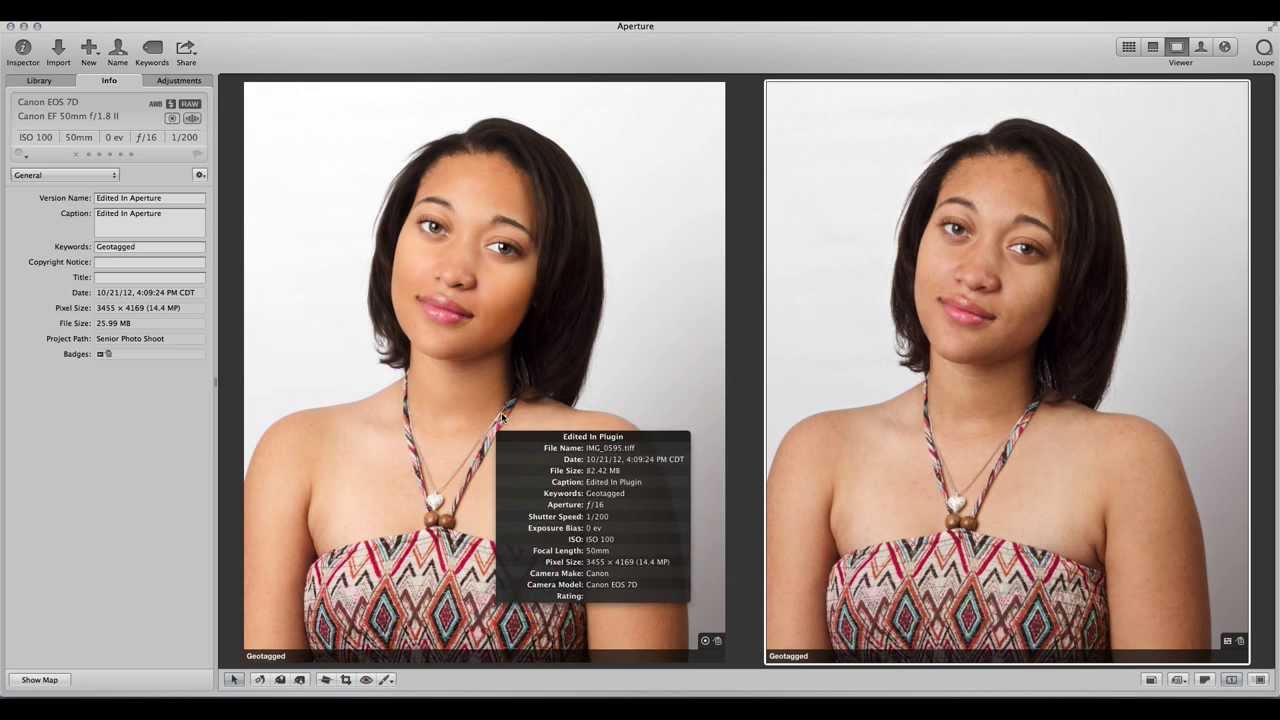

- #PORTRAIT PROFESSIONAL STUDIO 11 HOW TO#
- #PORTRAIT PROFESSIONAL STUDIO 11 MANUAL#
- #PORTRAIT PROFESSIONAL STUDIO 11 PLUS#
If you took a shot in Portrait mode and decide you'd rather not have that bokeh effect or Stage Lighting gracing your image, removing either option is an easy fix. I have a certain fondness for selfies - I find they're a great way to snap quick facial expressions if you don't have an emoji, or show off something awesome you found.
#PORTRAIT PROFESSIONAL STUDIO 11 HOW TO#
How to take great Portrait Lighting selfies with iPhone
Swipe or tap on the cube icons above the shutter button to change your lighting effects. Pay attention to the Camera app's prompts (either "More light required," "Flash may help," "Place subject within 8 feet," or "Move farther away.") #PORTRAIT PROFESSIONAL STUDIO 11 MANUAL#
Your iPhone will attempt to automatically identify a subject or focal point, but you can also tap on the screen to set a manual focal point.
Line up the shot you wish to take within 8 feet of your subject. Shooting other, non-human objects isn't officially supported for Portrait mode on the iPhone XR, but you can still do so if you wish just be prepared for the artificial depth of field to not look perfect. 
How to take photos of other objects and animals in Portrait mode
Press the shutter button to take your photo. 
#PORTRAIT PROFESSIONAL STUDIO 11 PLUS#
If you have an iPhone 8 Plus or later, you can swipe or tap on the cube icons above the shutter button to change your lighting effects in real-time. Note: You can still shoot with the telephoto lens in Portrait mode even if the banners don't turn yellow - it just means you won't get depth or lighting effects. Once you've met the camera's needs, you'll see the banner at the bottom (iPhone 8 Plus or later) or top (iPhone 7 Plus) turn yellow. Pay attention to the Camera app's prompts (either "More light required," "Flash may help," "Place subject within 8 feet," or "Move farther away."). The camera's face and body detection should automatically identify your subject. Line up the shot you wish to take within 2-8 feet of your subject. Want to take a photo of someone in Portrait mode? Here's how you go about it. How to shoot a person in Portrait mode or Portrait Lighting mode There are currently six different types of Portrait lighting, Natural, Studio, Contour, Stage Light, or Stage Light Mono, and High-Key Mono (new in iOS 13). Note: Portrait Lighting is currently in beta, and may not work properly 100% of the time luckily, you can easily turn it off from the Editing screen. And as with Apple's other editing features, it's non-destructive: You can add or remove Portrait Lighting at any time. Portrait Lighting allows users to do the same thing, but digitally: You can choose one of five different lighting settings to adjust your iPhone's "virtual" light rig. By altering these lights, an experienced photographer can use the light on or around the subject to emphasize certain areas of the photo. In a professional studio, photographers use all sorts of lights when photographing a subject. The iPhone 8 Plus and later support Portrait Lighting: It augments existing Portrait mode features by using the depth map to add different lighting options to your image on the spot or later in post-processing. You can't get Live Photos quite yet, but you can always record your iPhone's screen while in the Camera app if you really want a pseudo-live Portrait photo. That includes flash - and the Slow Sync flash feature in the iPhone 8 Plus and later - along with timed photos, filters, and HDR. When in Portrait mode, you can only frame with the telephoto lens (there are no zoom options, digital or otherwise), but as of iOS 11, users have most other Camera app features available to them. On the 8 Plus and later, you'll also use the depth map for Portrait Lighting (more on that below). This depth map is then used to create the most fun part of Portrait mode: artificial depth of field, which blurs both the background and foreground with various "bokeh" effects to create a DSLR-camera-like image. But the wide-angle is also working for you: It automatically measures the difference in distance between what it sees and what the telephoto sees, creating a multi-point depth map. When you shoot in the Camera app's Portrait mode, you're framing an image as seen by your iPhone's 2x "telephoto" lens.







 0 kommentar(er)
0 kommentar(er)
